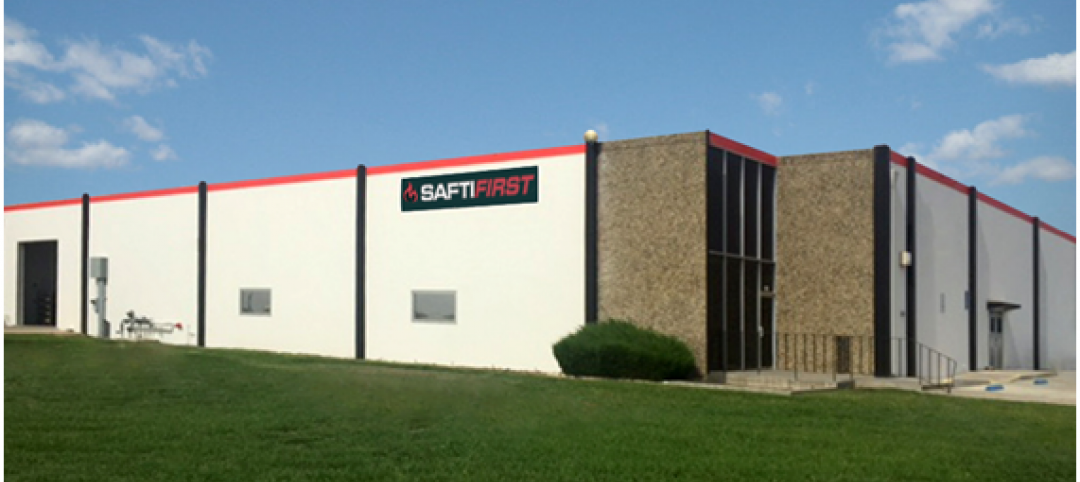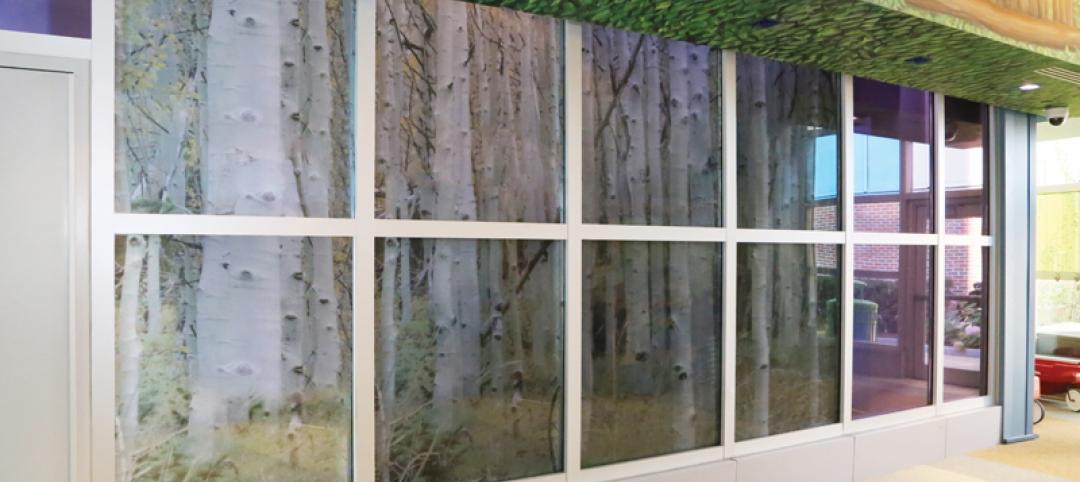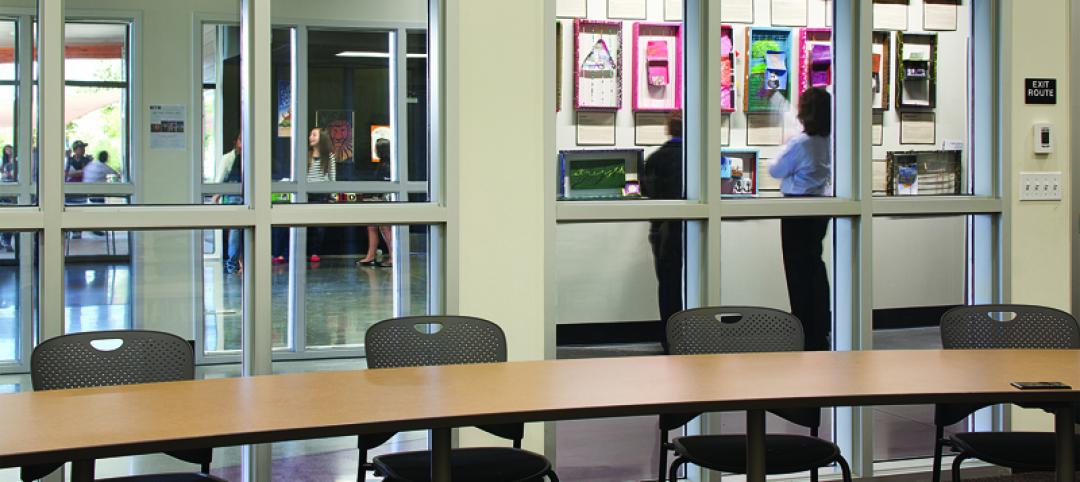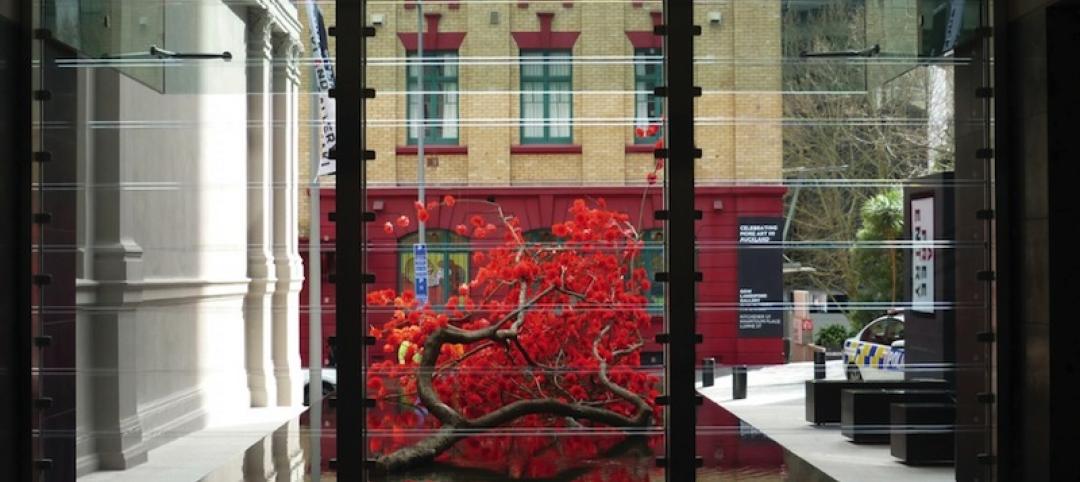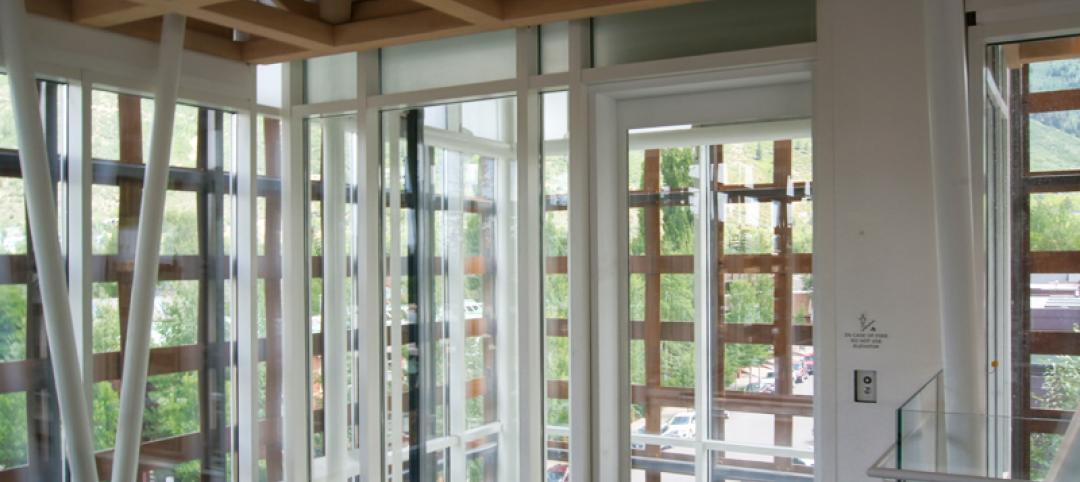To a large degree, building security is driven by the integration of a variety of electronic security systems. The market and engineering of these systems exploded in the post-9/11 era and has shown few signs of tapering off. “Rapid advances in technology and government directives are driving purchase decisions, especially in the replacement of legacy systems,” says the Security Industry Association in a recent report.
One challenge has been that security technology began to outpace the knowledge of many Building Teams. Their most daunting question: whether to adopt the latest and best technology, or to invest in a reasonably reliable, less expensive system that has a positive track record. The response by leading design and construction experts has been to plan ahead and work with system integrators for the facility being developed.
For large commercial and multifamily projects, Building Teams typically focus on three types of systems: 1) access control, 2) intrusion detection, and 3) visual surveillance.
Access control. Two electronic access technologies are at the forefront: biometrics and radio frequency identification (RFID). Of the two, RFID is the more commonplace: even less secure facilities may invest in simple ID tags with stored electronic information, such as public parking garages. RFID systems are widely available, and the tags and cards are essentially disposable.
The downside of most RFID technology is the ease of access to the stored information on the card. Smart cards, by contrast, constructed with an embedded chip, can be made highly secure and difficult to forge, duplicate, or hack, which allows for the safe storage of personal and sensitive information on the card. Though the smart card can be operated by proximity reading like an RFID tag to allow secure access to stored data or physical access to a secure area, smart card systems are more expensive than their chipless counterparts.
A recent trend in the industry is to consider the use of biometrics––identification through the scan of the occupant’s fingerprint, retina, or similarly unique biophysical aspect––in tandem with RFID, rather than as an alternative.
Two types of hybrid systems are currently in use: one with biometric and RFID systems independent of one another (essentially a redundancy system), and others that integrate the RFID and biometric systems natively. One of the first such systems employed a processor chip that required a positive fingerprint ID before releasing access to the information stored in the RFID tag.
Whether integrated or not, combining RFID and biometrics is currently seen as offering the highest levels of security.
Intrusion detection. According to the Security Industry Association report, 75% of those interviewed reported that their facilities were equipped with intrusion- and fire-detection systems. Of those without such systems, about 66% reported that they would need such a system within five years, and about half said they would have one installed within five years.
Apart from the fact that a majority of facilities use or will use electronic intrusion-detection and alarm systems, the market is otherwise divided on the types of systems to employ, and whether to integrate detection with other electronic systems.
Because there is always the possibility of false alarms, planning should include consideration of integrating intrusion detection with video surveillance or some other system for verification. This is especially important if the detection system is wired to alert police (or fire) response directly. According to the same SIA report, “Many communities are adopting ‘no-response’ policies to false alarms if they are not verified by audio, video, or eyewitnesses.”
Video surveillance. The technology behind a system of security cameras is an important decision that receives plenty of discussion during project planning. Closed-circuit television (CCTV) analog cameras recording onto a DVR may seem adequate until cost-benefit questions and systems integration issues arise. Analog signals can be encoded to digital, but the analog camera’s resolution will limit the recording’s quality, according to Sean A. Ahrens, Global Leader for Aon Fire Protection Engineering’s security consulting practice, who sits on standards-setting panels for both SIA and UL. Enhancement of an encoded digital image is much more difficult than that of direct digital.
Digital cameras are also preferred today because they are relatively inexpensive, even with high megapixel capture. The downside is the growing need for data storage, but that can be mitigated through programming to record only when the system detects a change from a reference frame. Especially useful in low-traffic environments, this aspect of direct digital technology offers flexibility for data storage requirements.
What’s more, this aspect dovetails with security integration schemes. The intrusion detection system that requires video verification to alert authorities can depend upon the digital camera to register any change in its recording field. High-megapixel cameras can also be integrated as a biometric access control, using facial recognition software.
Ahrens also points out that data storage concerns associated with direct digital are being addressed within the IT industry, through programs to encode and decode digital signals, called codecs. A new codec called H.264 requires substantially less data storage, about half that of MPEG-2, while enhancing video performance compared to what is currently available, or MPEG-4, says Ahrens. “Anyone considering the procurement of a digital recording solution should ensure that it is capable of running H.264 and other future and more robust codecs,” he says.
His advice: Be proactive now, and you will be able to garner future benefits. +
Related Stories
Sponsored | Fire-Rated Products | Oct 22, 2015
Made in the USA - America's Still the Place
We’ve found that sourcing products as local as possible maximizes the potential benefits to the American economy, which in turn benefits us.
Sponsored | Fire and Life Safety | Oct 13, 2015
Fire rated glass brings whimsical and reliable protection at children’s hospital
Highlights of the addition included 50 private patient rooms, family sleep and dining as well as playrooms, and a family resource center.
Sponsored | Fire and Life Safety | Jul 10, 2015
Life Safety: Fire Barriers are a first line of defense
Codes and Standards | Jun 18, 2015
New document addresses school safety and security
In an effort to balance security and fire safety features within codes, standards and planning, NFPA hosted a two-day workshop, “School Safety, Codes and Security”, last December. The findings are now available in an NFPA report.
Codes and Standards | Jun 18, 2015
Two myths regarding NFPA 101 Life Safety Code debunked
NFPA life safety engineer Ron Coté settles the debate over second egress doors and exit signs.
Codes and Standards | Jun 18, 2015
How to prevent corrosion in sprinkler system piping
The technical committees responsible for NFPA 13, Installation of Sprinkler Systems, have been looking at ways to eliminate or reduce corrosion in sprinkler systems for several revision cycles.
Sponsored | Fire-Rated Products | Jun 2, 2015
Is fire rated glass expensive?
Where product selection has the most impact on cost is also the area where the majority of fire rated glass is being used, which are 20 minute doors and 45 minute sidelites, transoms, and openings.
Fire and Life Safety | May 27, 2015
7 bold applications and innovations for fire and life safety
BD+C’s roundup features colorful sprinklers for offices, hotels, museums; a fire-rated curtain wall at a transit hub in Manhattan; a combination CO/smoke detector; and more.
Sponsored | Fire-Rated Products | Apr 14, 2015
Fire resistive curtain wall brings maximum light, views and safety to Aspen Art Museum
The curtain wall used for the Shigeru Ban-designed museum provides maximum daylight while protecting the art from fire
Sponsored | Fire and Life Safety | Apr 1, 2015
Radiant Heat: The Invisible Killer
Where there’s smoke, there’s fire. Where there’s fire, there’s the deadly threat of radiant heat.


